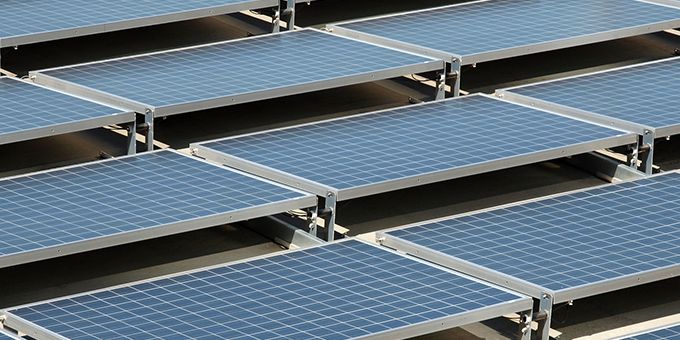CEA analyzed the North American market and showed CPS what to expect from the industry in the coming years, giving them the confidence to enter the North American solar market and make the project happen.
 Canadian Premium Sand Moves Forward With Plans to Construct North America's First Patterned Solar Glass Plant After Clean Energy Associates Study Confirms Feasibility
Canadian Premium Sand Moves Forward With Plans to Construct North America's First Patterned Solar Glass Plant After Clean Energy Associates Study Confirms Feasibility

Case Study from | Clean Energy Associates, LLC
As the renewable energy industry rapidly grows, so does the demand for PV supplies. That's why Canadian Premium Sand Inc (CPS) received industry support when it announced plans to build a patterned solar glass manufacturing facility in Canada. The next step was to assess the project’s feasibility - this is where CEA's 14 years of experience in the solar industry came into play.
CEA analyzed the North American market and showed CPS what to expect from the industry in the coming years, giving them the confidence to enter the North American solar market and make the project happen.
DETAILS
Motivated by the market potential for solar energy, CPS planned to build solar panel glass manufacturing facilities near its existing silica sand quarry in Winnipeg. The project offered high revenue potential but required significant investment and carried risks, such as the fact that a PV module glass plant cannot be easily repurposed if demand declines. CPS wanted to ensure that its investment in the project was sound and engaged CEA to provide guidance.
CEA’s market intelligence experts analyzed demand for glass by assessing growth in solar module use and PV module production capacity in North America, technological changes affecting future glass characteristics, policies that could affect the overall demand for glass, and ultimately plant viability, given growing competition in Asia. CEA also interviewed decision makers at several PV module manufacturers about technical specifications, their current sources for glass, and evaluation criteria for crucial component suppliers.
The analysis was presented in a report and video conference in which CEA experts answered questions about the findings. They provided insights into the market, guidance on technology roadmaps, demand by region, key drivers of forecasted changes, as well as the impact of potential policy changes.
To gain a foothold in the market, it's not only essential to know it inside and out but also to keep up with the ever-changing landscape of the solar energy industry. For this reason, in addition to the in-depth initial study, CEA is also providing two other ongoing market intelligence services to CPS:
• The Executive Business Review, a quarterly, customized presentation of CEA's latest analysis and insights on how policy and market changes and other aspects of the PV market could affect CPS. Topics are customized to the solar glass industry and cover updates on overseas competitor expansions, changing module formats and technologies, and growth checks for the North American manufacturing landscape.
• The PV Module Supplier Market Intelligence Program, which provides critical operational data on key PV module suppliers in a quarterly report covering production capacities, technology roadmaps, and product availability. Data included in this report closely follows supplier product design choices to ensure that material makers are aligned with current and future module specifications and requirements.
RESULTS
Along with a Front End Engineering Study conducted by an engineering firm to define project requirements, CEA's market report led CPS to confidently proceed with developing its integrated solar glass manufacturing project. The Company has now moved the project into the detailed engineering and design phase with the engagement of an international consortium of Engineering, Procurement and Construction firms.
CPS expects to be the lowest-cost supplier of patterned solar glass in the North American market by using low-cost renewable hydroelectric energy, being close to customers, and integrating its silica sand supply. Construction of the first production facility and associated silica sand extraction operation is expected to take two years.
The content & opinions in this article are the author’s and do not necessarily represent the views of AltEnergyMag
Comments (0)
This post does not have any comments. Be the first to leave a comment below.
Featured Product

